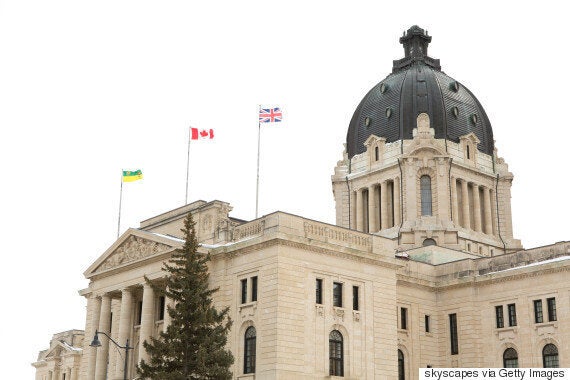In its recent budget, the Brad Wall government had some difficult choices to make. It could have asked the rich to pay a little more. Instead, it told the poor to pay a lot more.
Though this budget may help reduce the provincial deficit, it will be bad for poverty and for the long-term health of the Saskatchewan economy.
There are two important public policy considerations: 1) How different taxes impact different income groups; 2) How different budgetary decisions impact job creation.

On the first issue, reductions in personal income and corporate income taxes help the rich more than the poor. Sales tax increases, by contrast, hit lower-income households harder. That's because lower-income households spend a larger portion of their income on goods and services than do higher-income households.
On the second issue, a one-dollar increase in government spending on public services (e.g., health, education, child care) creates far more jobs than a one dollar reduction in any tax.
Put differently, any government that cares about poverty should try to increase personal and corporate income taxes before sales taxes. Further, spending on social investment (especially on health, education and child care) can help the economy.
Over the past decade, provincial revenue derived from natural resources has seen a steady decline in Saskatchewan. Yet, going into the budget, only Alberta had a lower net debt-to-GDP ratio than Saskatchewan's rate of 10.3 per cent. By contrast, Manitoba's was 22.5 per cent and Ontario's was 40 per cent.
Those in the top 10 per cent will see no increase at all to the taxes they pay.
One could hardly call Saskatchewan's debt a fiscal crisis. What is at crisis levels is poverty.
A "single employable" adult on social assistance in this province gets only about $9,000 a year to live on. Meanwhile, if a Saskatchewan resident on social assistance has a disability, they get less than $12,000 a year to live on.
Further, the on-reserve rate of child poverty in Saskatchewan is almost 70 per cent -- second highest in the country after Manitoba.
Against this backdrop, let's briefly consider what this budget did.
It decreased personal and corporate income tax rates by 0.5 per cent in 2017, and by another 0.5 per cent in 2019. This will help higher-income households much more than lower-income households.
It increased the provincial sales tax (PST) from five to six per cent (this will hurt lower-income households more than higher-income households). It also expanded PST coverage (now it includes children's clothing, for instance).

The province's low-income tax credit will receive a $34-million enhancement, ostensibly to cushion the blow for low-income households -- but this pales in comparison with the estimated $872 million in revenue that the PST changes will bring in.
According to the recent analysis by Trevor Tombe and Blake Shaffer, all of these tax changes will hit lower-income households harder than higher-income households. Factoring in the cuts to income tax, the increase to PST and the Low Income Tax Credit, earners in the bottom ten per cent will see a two per cent increase in taxes as a percentage of household income. That steadily declines as incomes rise, while those in the top 10 per cent will see no increase at all to the taxes they pay.
Good budgeting invests in people while strengthening the economy.
When one factors in inflation, there will be a reduction in total program spending of approximately 4.3 per cent. Health funding will grow (by 0.7 per cent), but that simply reflects a national trend due in part to an aging population.
Base funding for colleges and universities is being cut by five per cent. Operating funding for school boards is being cut by 1.2 per cent. The budget cuts funding for libraries all over the province; this will lead to job losses and less access to literacy services.
The government will even stop funding funeral services for social assistance recipients.
The Wall government hopes to wipe out the deficit by 2019-20. It may just do that, but largely on the backs of lower-income households.
Good budgeting invests in people while strengthening the economy. This budget did neither.
Follow HuffPost Canada Blogs on Facebook
Also on HuffPost:
